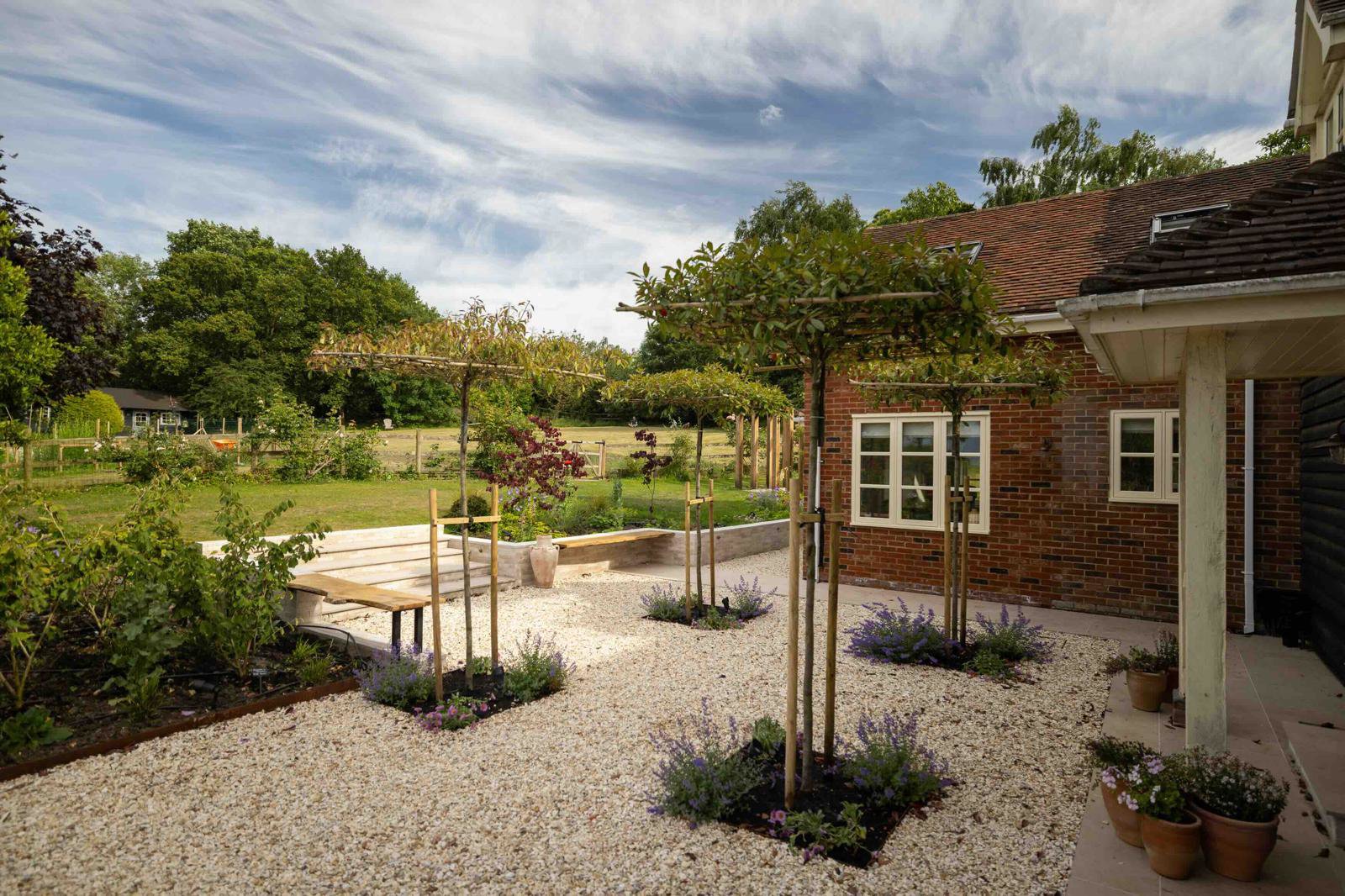
How To Maintain Your Garden
Just like the inside of a property, a garden can soon lose its good looks if it’s not properly cared for. Here are some tips on how to maintain your garden to keep it looking it’s best.
-
Mow your lawn on a regular basis - little and often is by far the best policy
-
Keep paths and patios swept and free from debris
-
Feed lawns 3-4 times a year
-
Gravel areas may need occasional weeding
-
Mulch beds and borders well, and pluck out any unwanted plants as soon as you see them
-
Tie new shoots of climbing plants to their supports
-
Dead head flowering plants regularly - if you are lucky, you may get a second flush of flowers
-
Keep on top of maintenance for sheds, decking and fencing.
-
Prune shrubs once or twice a year to keep them in good shape
-
Keep an eye out for signs of pests and diseases in plants and treat them promptly
-
Keep pond filters nice and clean and remove excess leaf litter to keep the water fresh
-
Sweep up autumn leaves and use them to create leaf mulch to use in the garden at a later date
-
Trim hedges once or twice a year, being careful not to disturb nesting birds.
Lawn Care
A natural lawn is a true asset to any garden, particularly when it’s in tip-top condition. Your lawn, however, is a living thing and as such it needs a certain amount of care and attention. Regular mowing and feeding are essential and you may also want to scarify and aerate the lawn once a year to really help the grass plants to thrive.
If you’ve opted to install an artificial lawn, you won’t need to mow it every week or dispose of the clippings. However, it will need brushing approximately 3-4 times a year in order to freshen it up and stop weeds and moss establishing in the sward. If pets or wildlife use your lawn area for toileting, you may want to wash it with a proprietary disinfectant from time to time, just to keep odours at bay.

Trees and Hedges
Hedges are basically trees that have been pruned to keep them short. Left to its own devices a hedge will grow into a row of trees and the benefits will change. That means no more wind breaks or ground level privacy.
Keep hedges at the height, width and density you require by cutting them once or twice a year. Perfectly manicured hedges are the result of years of practice. It’s little wonder that many people hire a professional gardener for this particular garden task.
Newly planted trees will need regular watering for the first 12 months. Mature trees may need pruning from time to time. This isn’t a job for an amateur. Always consult a professional gardener or a qualified arborist.


Need help maintaining your garden?
Maintaining your garden to the level where you can feel proud of it involves quite a few tasks. Depending on the design of your garden, the materials used and its age, the workload will vary. But if you struggle with any aspect of garden maintenance, help is always at hand.
Choosing a reputable, trustworthy professional gardener can be tricky, however, choosing an APL accredited gardener ensures you are guaranteed a high standard of service. APL members must provide proof that they are fully insured and are carefully inspected to ensure they have the correct knowledge and experience to maintain your garden to the highest standards.
